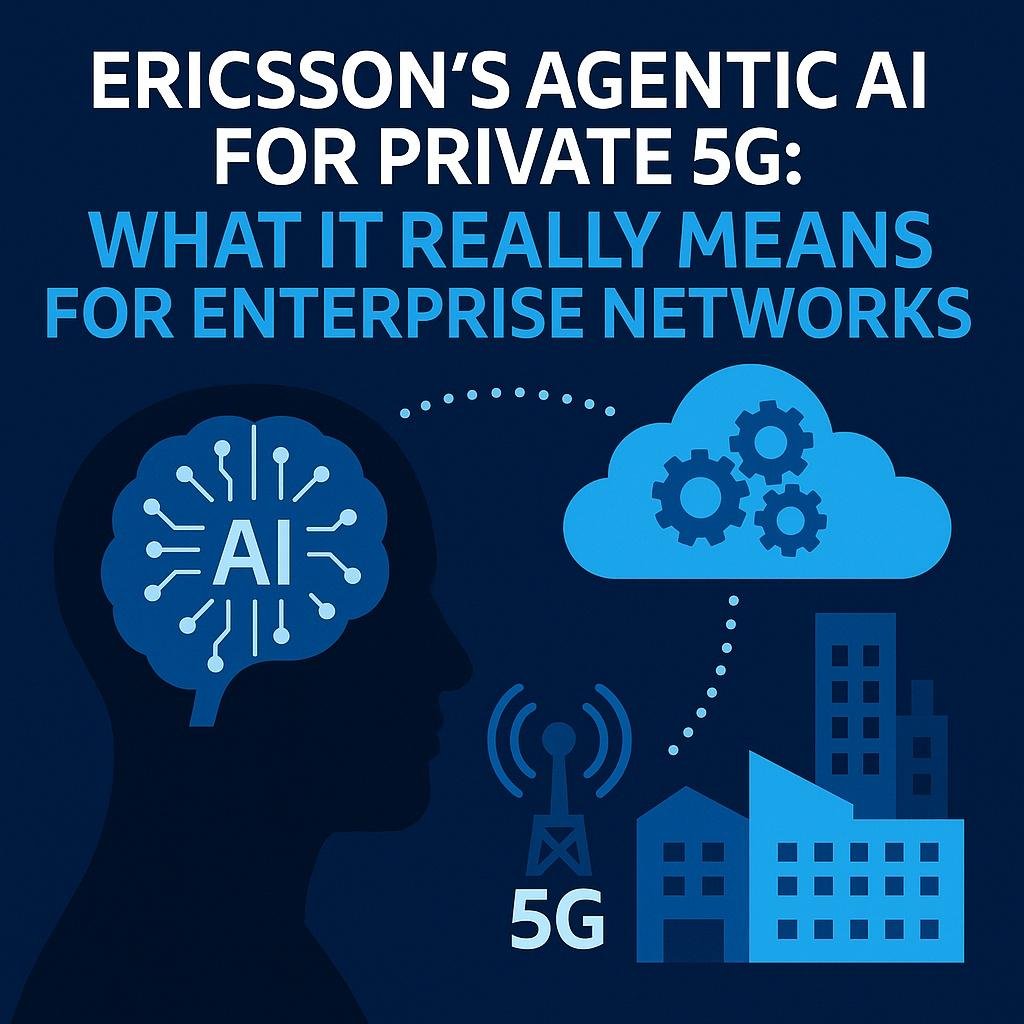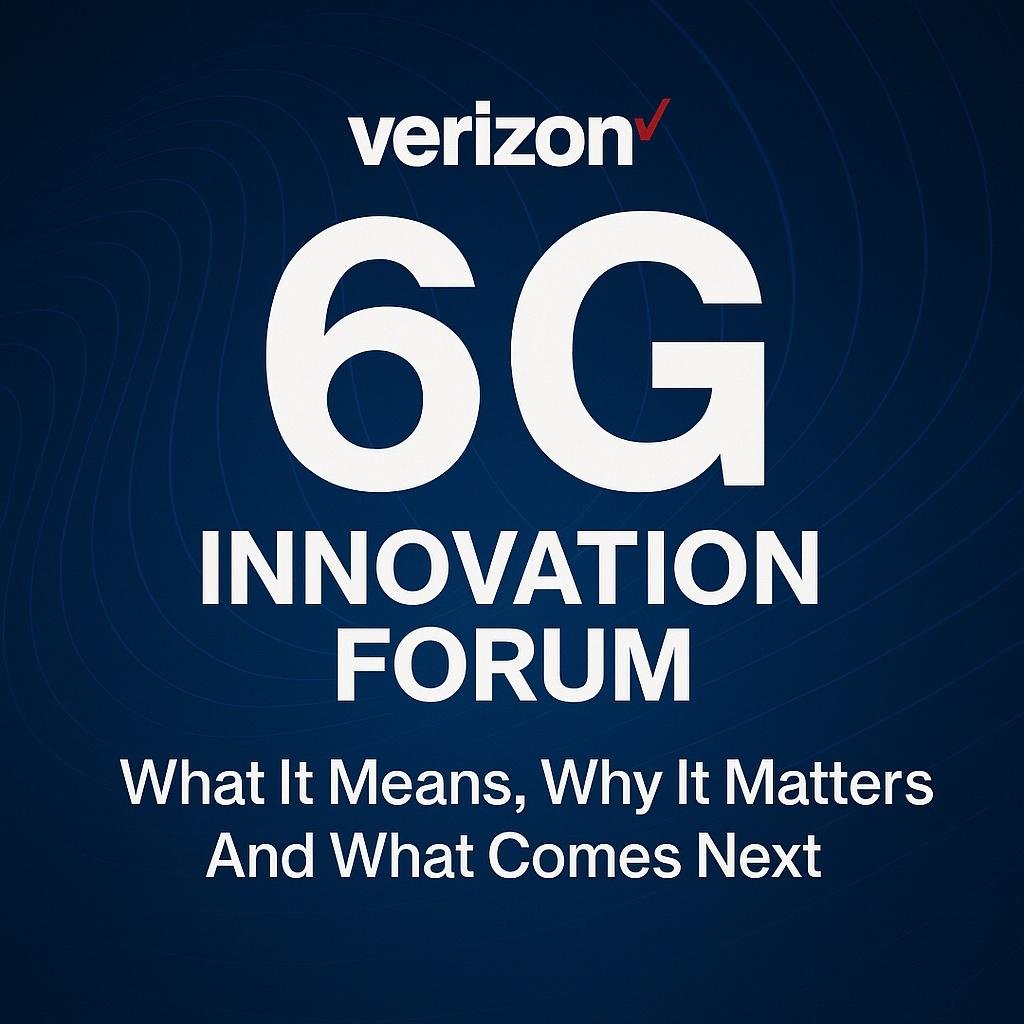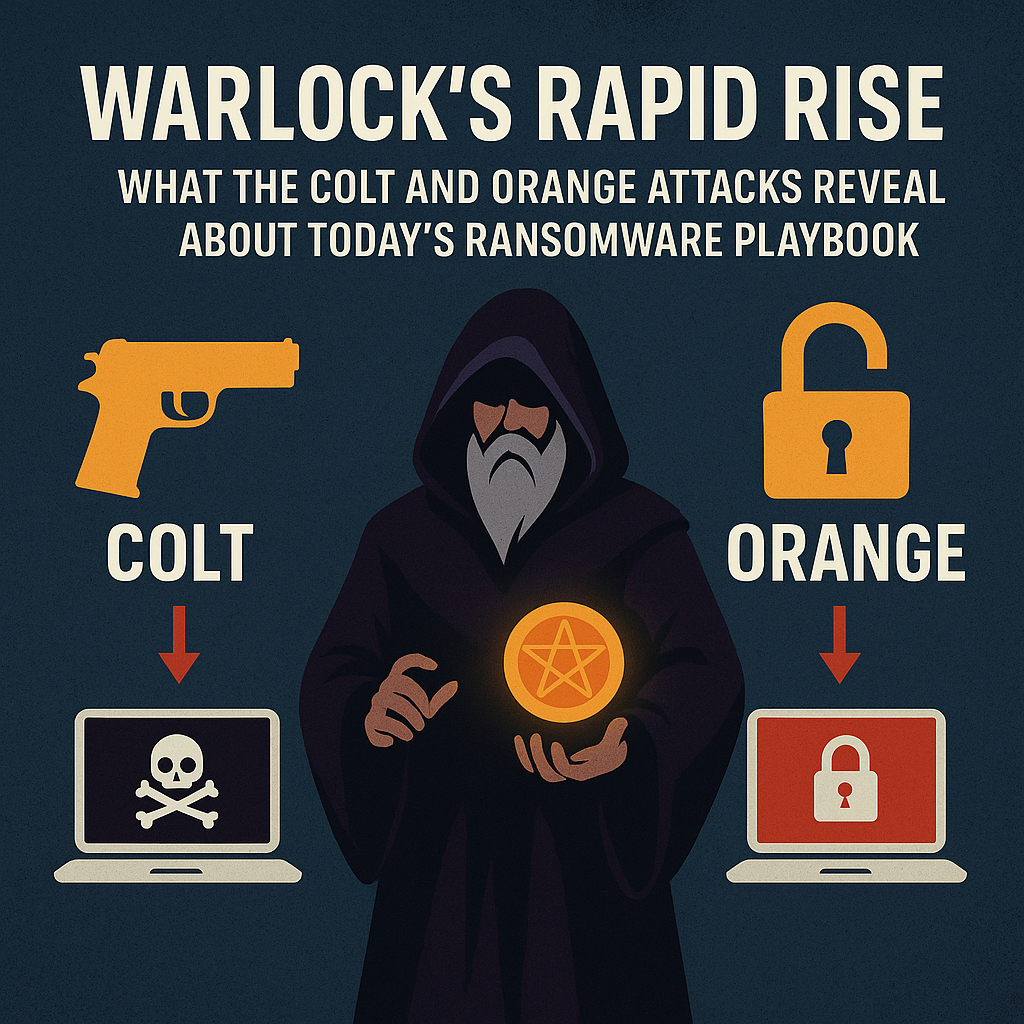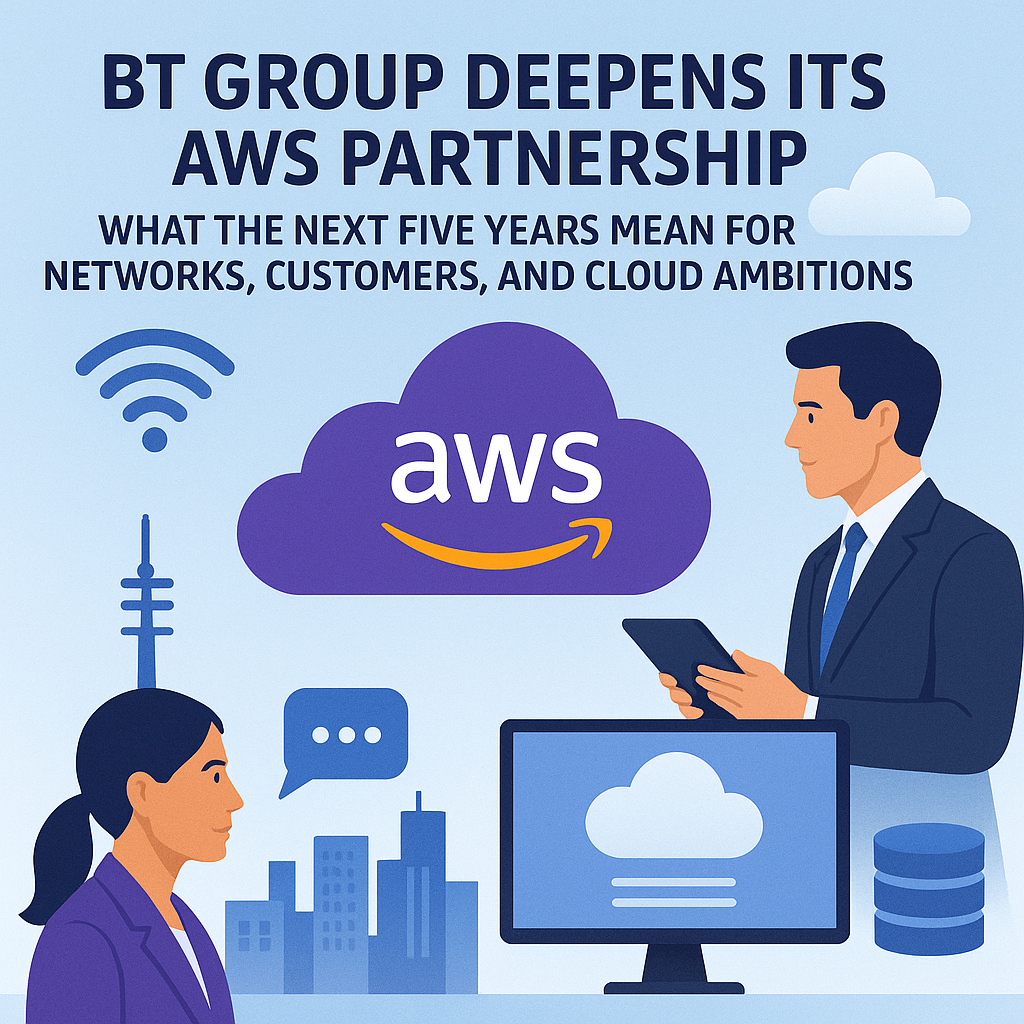Introduction
Enterprises have been experimenting with private 5G for a few years, yet many initiatives stall for familiar reasons: complex rollouts, scarce skills, and the ongoing cost of operating carrier-grade infrastructure inside the business. Ericsson now claims a step change by bringing agentic artificial intelligence into its private 5G stack and integrating it with the NetCloud platform planned for availability in Q4 2025. In plain terms: Ericsson is proposing an AI that does not just recommend tasks.
It takes well-governed actions to deploy, optimize, and maintain the network while keeping humans in control. If executed well, this could lower the barriers to adoption and make private 5G feel closer to an IT service than a telco project. This article unpacks what agentic AI means in the context of enterprise 5G, how the proposed integration could simplify day-two operations, where it can add business value, and what decision makers should ask before committing. The goal is to help you separate marketing noise from practical outcomes so you can plan pilots, budgets, and teams with confidence.
Agentic AI For 5G: A Clear Definition
Agentic AI describes systems that perceive, reason, and act toward a defined objective. In networking, the objective might be stated as policies and service level targets. Traditional network automation executes playbooks when a human presses the button. Agentic AI goes further. It monitors real-time telemetry, tests hypotheses, chooses from multiple possible actions, and executes those actions under policy guardrails. A simple example is adaptive radio tuning that changes power levels and scheduling to meet per-device throughput and latency goals without an engineer logging in.
The promise is not magic. Successful agentic systems are built on three pillars. First: high-quality observability across radio, transport, core, and application flows. Second: explicit policies that tell the agent what outcomes matter and what actions are allowed. Third: auditability so every decision can be traced, explained, and rolled back if needed.
What Changes Inside A Private 5G Stack
Ericsson’s plan centers on integrating Ericsson Private 5G with NetCloud features that expose the network as a cloud-like service. The agent sits close to orchestration and assurance. It learns from telemetry, proposes actions, and can execute them when policy allows. For enterprises, the user experience is designed to look like an IT control plane with roles and permissions, rather than a collection of vendor-specific consoles.
Under the hood, five things matter.
- Topology awareness: the agent maintains a real-time map of radios, core functions, user equipment, and backhaul.
- Closed-loop assurance: continuous measurement confirms that the action improved the outcome, otherwise the change is rolled back.
- Lifecycle hooks: day-zero planning, day-one deployment, and day-two operations are all in scope so that improvements persist beyond the pilot.
The Practical Benefits Enterprises Can Expect
Faster, Cleaner Deployments
Greenfield private networks are often slowed by site surveys, spectrum planning, and the careful staging of core functions. An agent that understands templates and constraints can push a consistent build to multiple sites, validate radio coverage against predicted models, and flag gaps before production starts. The result: fewer weekend cutovers and fewer truck rolls.
Real-Time Feature Availability
Enterprises prefer capabilities that appear as toggles rather than projects. The proposed integration emphasizes features that can be enabled on demand: traffic slicing for a new production line, time sensitive networking profiles for motion control, or temporary capacity boosts for a warehouse peak. When features arrive this way, the business can experiment safely.
Multisite Agility
Central teams often manage several plants or campuses. An agent that treats every location as a variation on a known pattern reduces the time to replicate successful designs. The gain is not just speed. It is consistency. Audits are easier when every site follows the same blueprint.
Role Based Administration
Clear separation of duties is more than good hygiene. It is a control requirement. With distinct roles and permissions, site managers can handle local tasks while central engineers approve policy changes and security remains centralized. This improves accountability without creating bottlenecks.
Closed-Loop Optimization
Wireless conditions never sit still. Forklifts move. People crowd into break rooms. Autonomous vehicles change routes. The beauty of a closed loop is that the network observes these shifts and adapts. Uplink scheduling can be adjusted for machine vision bursts. Interference can be mitigated by coordinated radio parameters. Workloads can move closer to the edge when latency spikes.
Industry Use Cases That Benefit First
Manufacturing And Process Industry
Factories want deterministic performance for control loops and video analytics. Agentic AI can hold latency budgets by prioritizing traffic for programmable logic controllers during shift changes, while deferring noncritical updates. When a line expands, the agent can instantiate a new slice and pre-validate coverage along the conveyor path.
Logistics And Warehousing
Warehouse networks suffer from shifting metal racks, seasonal peaks, and roaming scanner fleets. An agent can predict congestion based on historical pick patterns and balance uplink demand from cameras and scanners. If a temporary inbound surge arrives, temporary spectrum or small cells can be activated with preapproved policies.
Healthcare Campuses
Hospitals need patient safety and data segmentation. The agent can enforce strict isolation for medical devices, raise alarms when a device appears in an unexpected zone, and maintain voice quality for critical communications during visiting hours.
Energy, Mining, And Ports
Harsh environments and remote sites drive up the cost of hands-on operations. Agentic optimization can extend battery life for remote sensors, harden links against interference, and preemptively shift workloads before weather events. Ports can keep autonomous vehicles connected across changing yards without manual radio tuning.
A Buyer’s Checklist For Due Diligence
- Policy grain: can you express business intent in clear language and bind it to specific applications, devices, or locations.
- Guardrails: what actions can the agent never take without human approval.
- Audit and rollback: is every action logged with a one-click rollback path.
- Data boundaries: where is telemetry stored, who can access it, and how long is it retained.
- Interoperability: does the solution integrate with existing IT service catalogs, identity providers, and SIEM tools.
- Spectrum flexibility: can the design handle licensed, shared, and unlicensed bands across regions.
- Cost model: is pricing tied to sites, devices, features, or consumed capacity, and how does that scale during peak seasons.
- Skills impact: which tasks become easier, and what new skills will your team still need.
- Support posture: what is the escalation path when the agent makes a poor decision and how fast can the vendor intervene.
- Roadmap clarity: Q4 2025 availability is near. What features are day-one and which arrive later.
Addressing The Real Adoption Barriers
Enterprises hesitate for three main reasons: complexity, scarcity of radio expertise, and fear of operational risk. Agentic AI speaks directly to these concerns. Templates reduce complexity, closed loops compensate for expertise gaps, and policy boundaries reduce risk. That said, the agent is only as good as its inputs. Thin telemetry or vague policies lead to poor decisions. A sensible approach is to start with a tightly scoped domain such as one production cell or one terminal yard. Prove the loop, then expand.
Inside The Architecture: A Mental Model
Think of the system as five cooperating parts.
- Telemetry fabric: collectors export metrics and events from radios, core functions, devices, and applications at high frequency.
- Digital twin: a lightweight model of your network predicts how a change will behave before it is applied.
- Policy layer: business intent becomes machine-readable rules with priorities and exceptions.
- Skills and planners: reusable actions and planning algorithms that the agent can chain together to reach a goal.
- Human oversight: dashboards, approvals, and post-action reports keep people in control and auditors satisfied.
When these parts align, the agent can reason about tradeoffs. It might accept a small increase in power draw to keep a robot cell within its latency envelope, then roll back when the shift ends.
Preparing Your Organization Before Q4 2025
You do not need to wait for general availability to get ready. Three actions will raise your chances of success.
First: define outcomes. Choose two or three measurable targets such as per-device throughput for quality inspection cameras, jitter for motion control, or mean time to recovery after a link failure. Write them down as policy statements now.
Second: clean up inventories and identity. Accurate device inventories and role definitions are the fuel of policy driven operations.
Third: modernize observability. Ensure logs and metrics from existing infrastructure are normalized and discoverable. If your teams struggle to answer simple questions about current networks, an agent will struggle too.
Risks And How To Mitigate Them
No transformative tool arrives without tradeoffs. Vendor lock-in is a real concern when skills, policies, and telemetry formats are tightly coupled to one stack. Segment its control channels, enforce strong authentication, and monitor its behavior like any other high-impact system.
Conclusion
Ericsson’s claim of the first enterprise 5G agentic AI agent signals where the market is heading: private 5G managed with cloud discipline and AI assistance rather than manual tinkering. The planned Q4 2025 integration with NetCloud aims to make features appear in real time, reduce lifecycle friction, and give administrators clear controls with roles and permissions. The ideas are sound and the potential gains are meaningful, especially for multisite operations that need consistent performance without a large telco team on staff.
Treat the next quarter as preparation time. Define the outcomes that matter, tighten identity and inventory hygiene, and elevate observability so the agent has reliable inputs. During pilots, insist on transparent policies, explainable actions, and easy rollback. If the technology performs as described, enterprises will finally get a private 5G platform that feels like a natural extension of their IT estate: measurable, governable, and ready to support real work on the floor.






